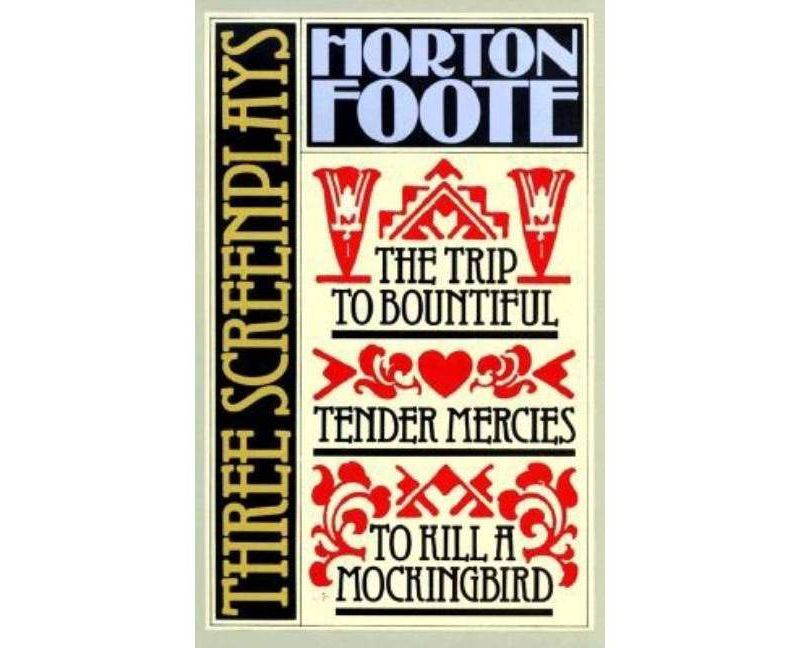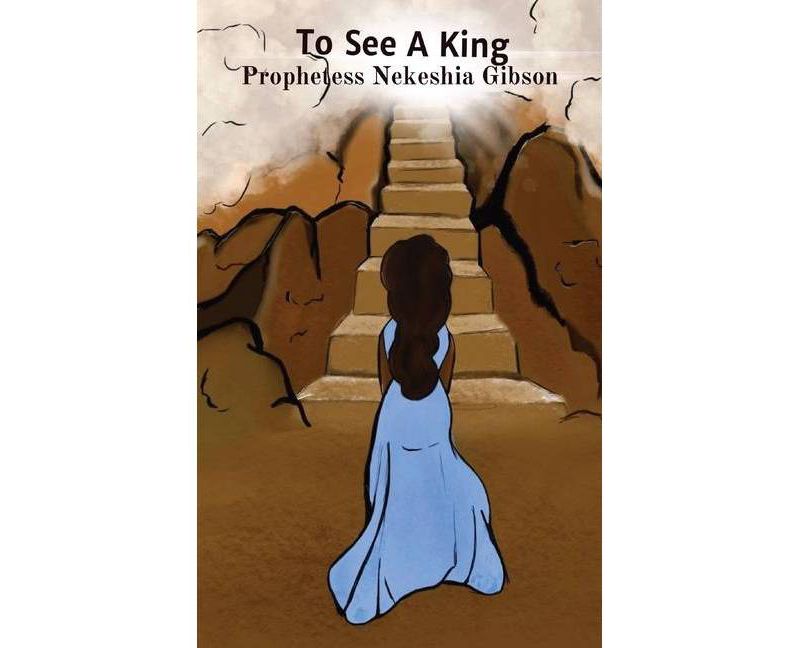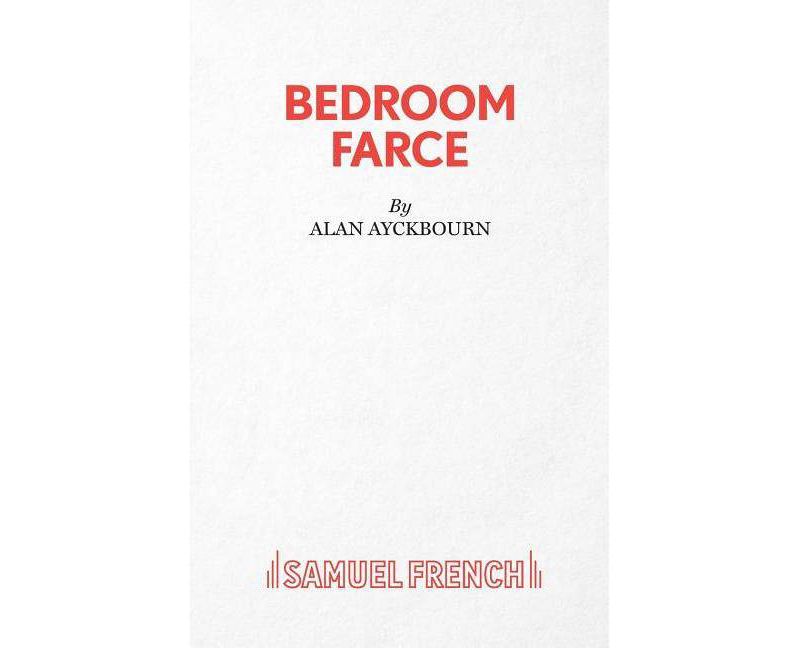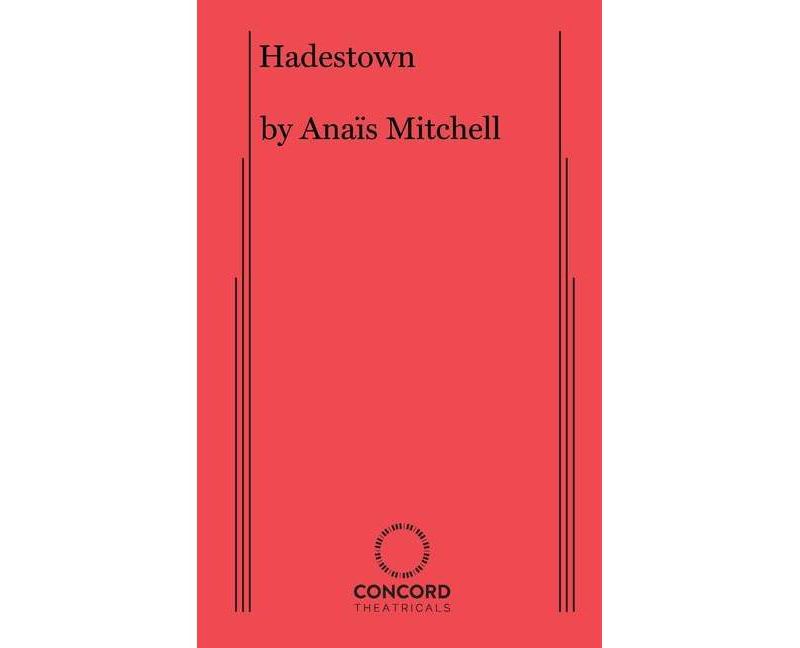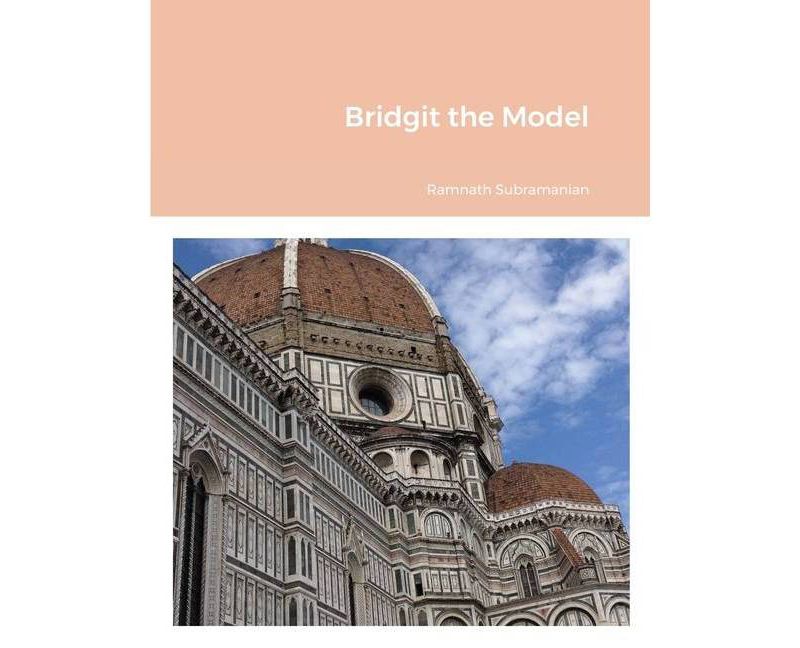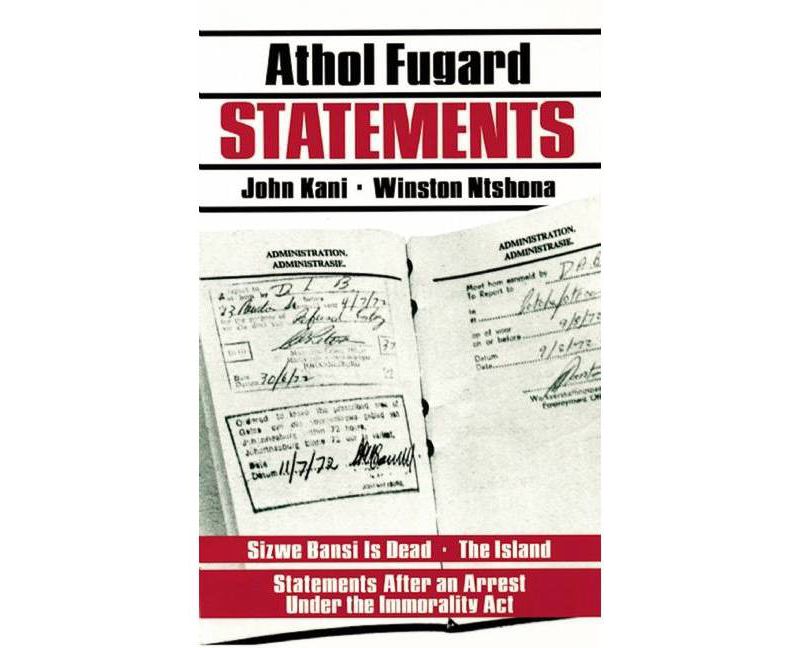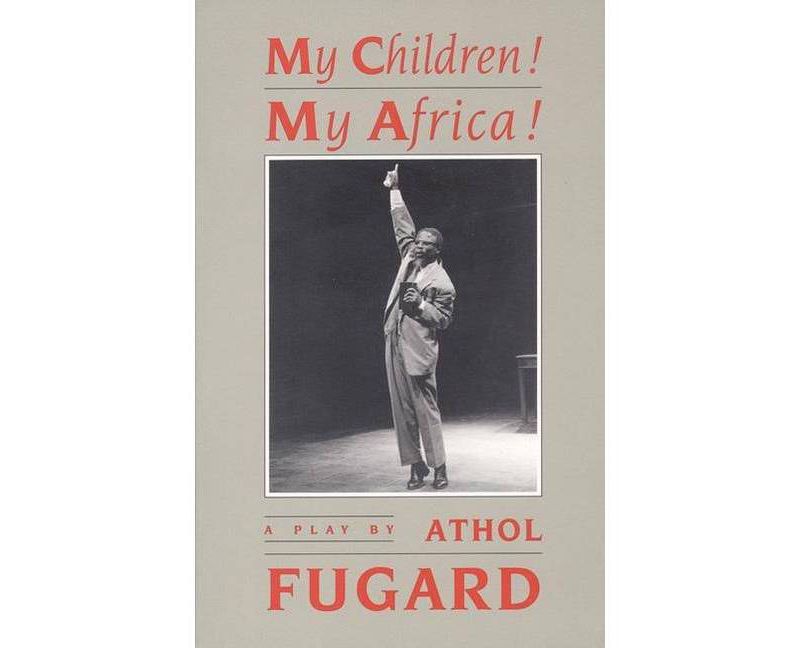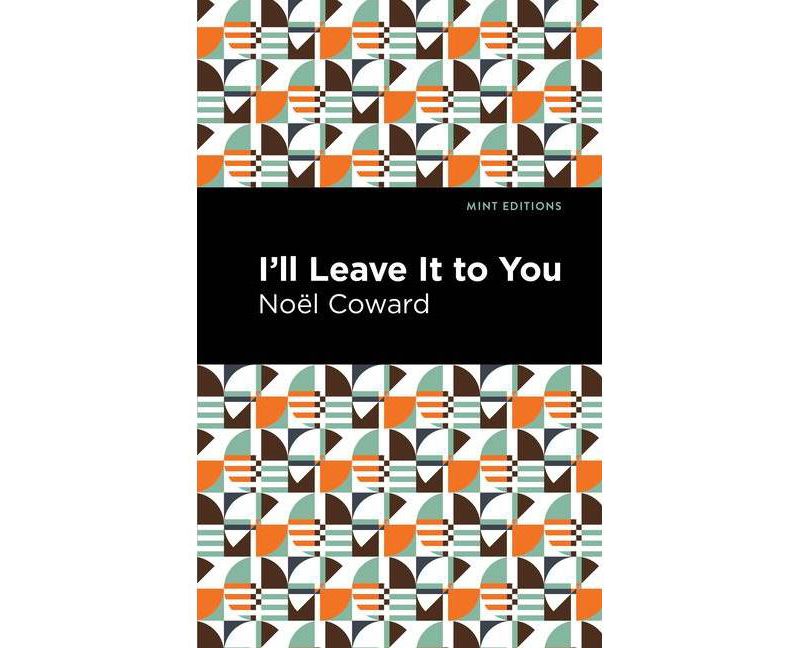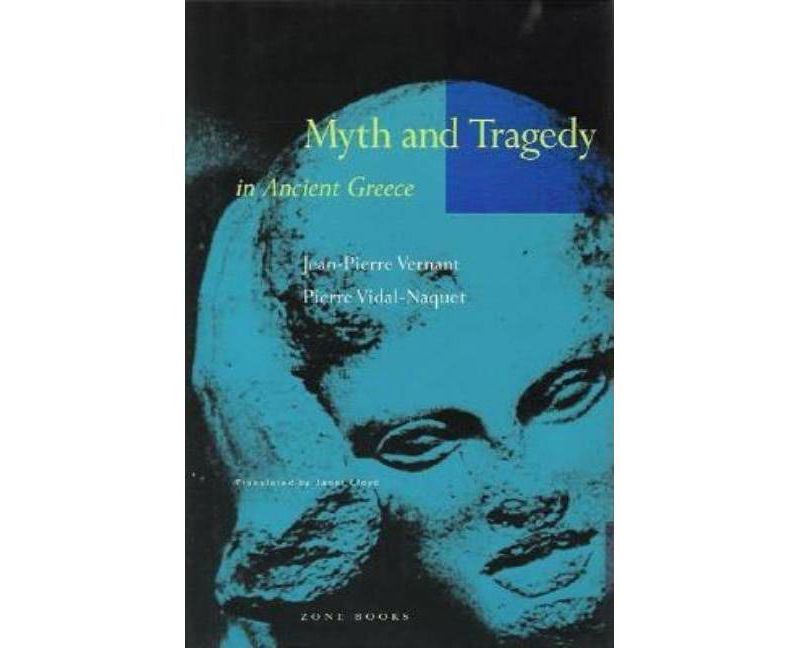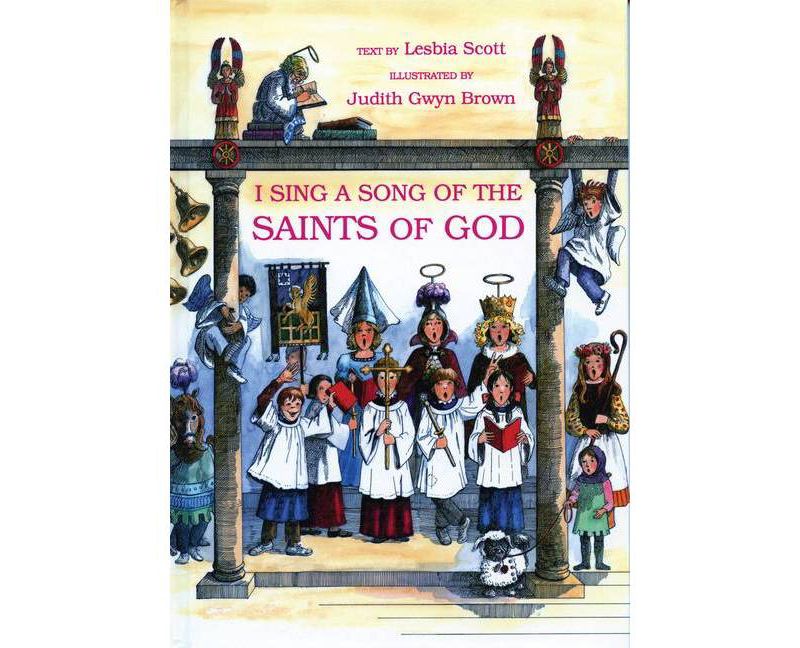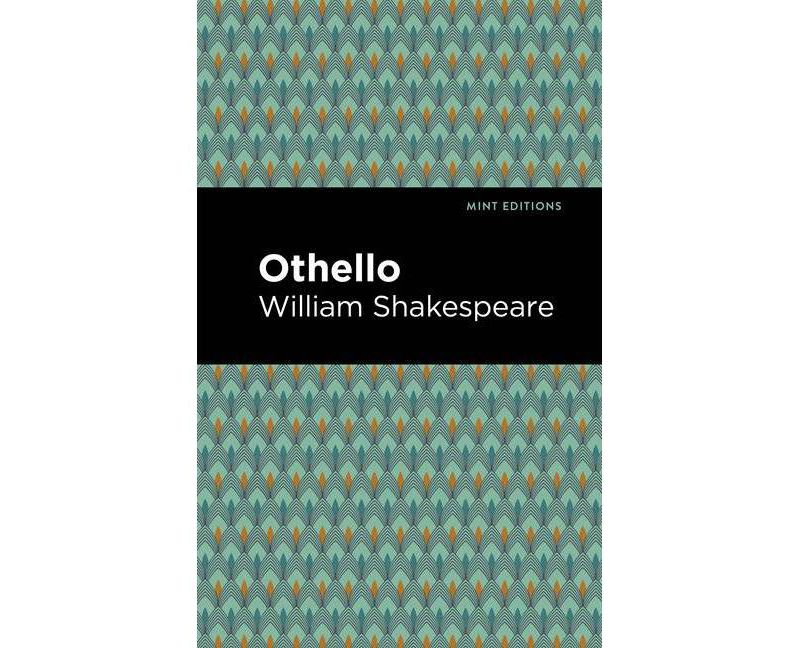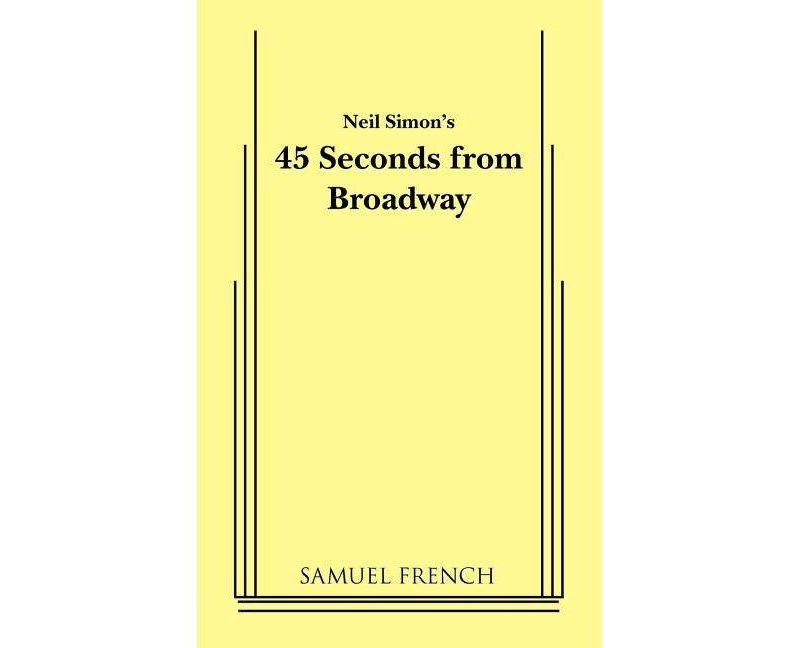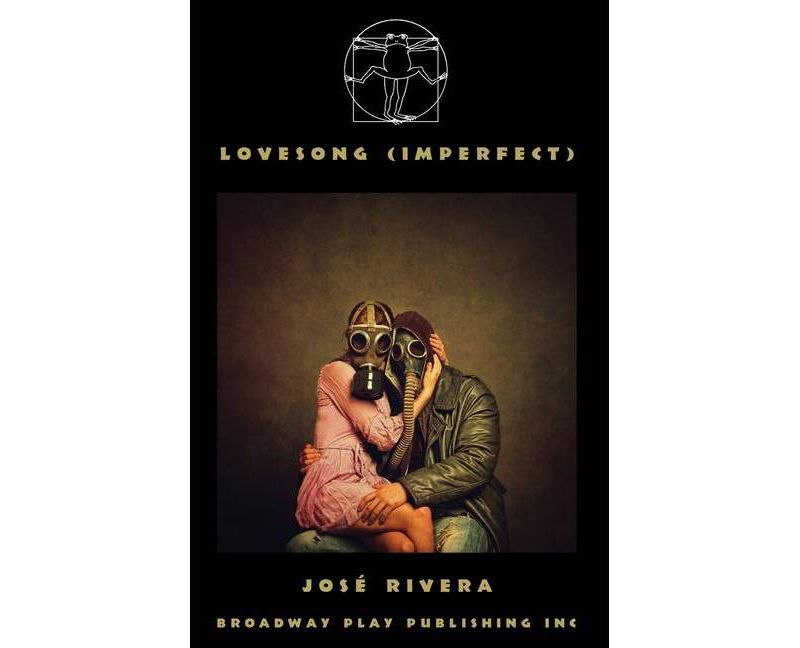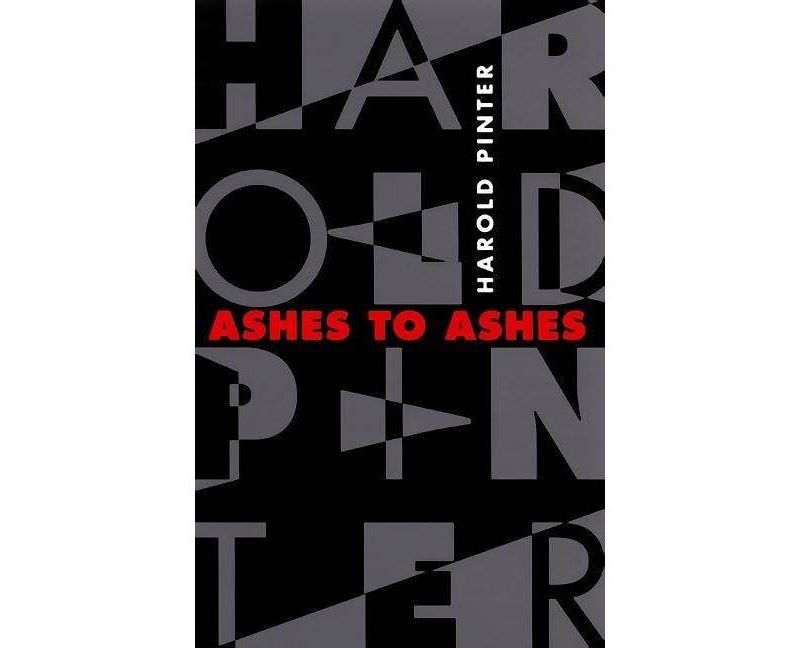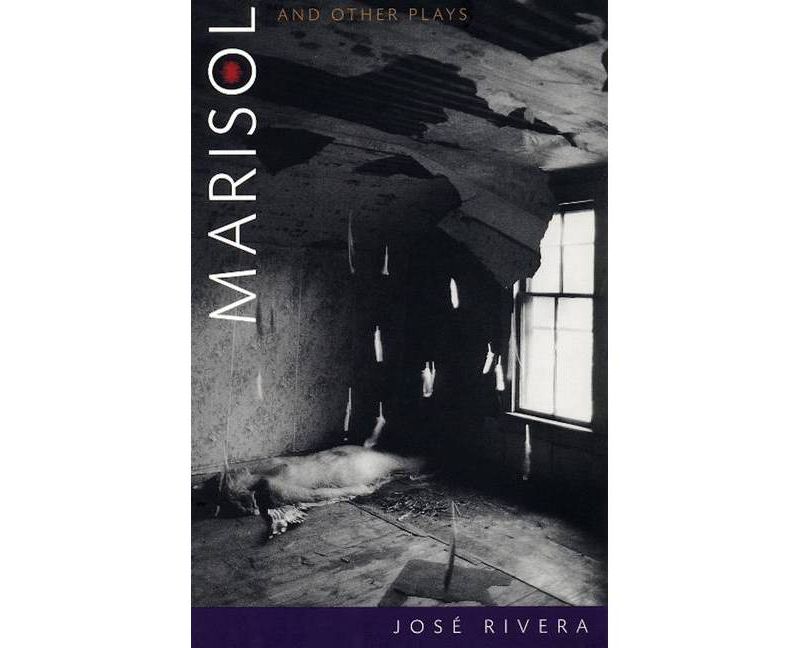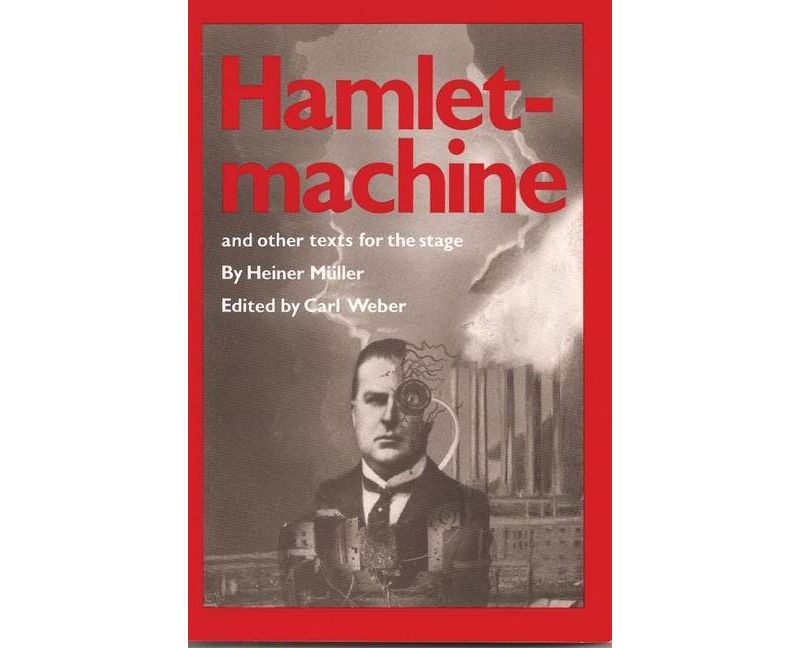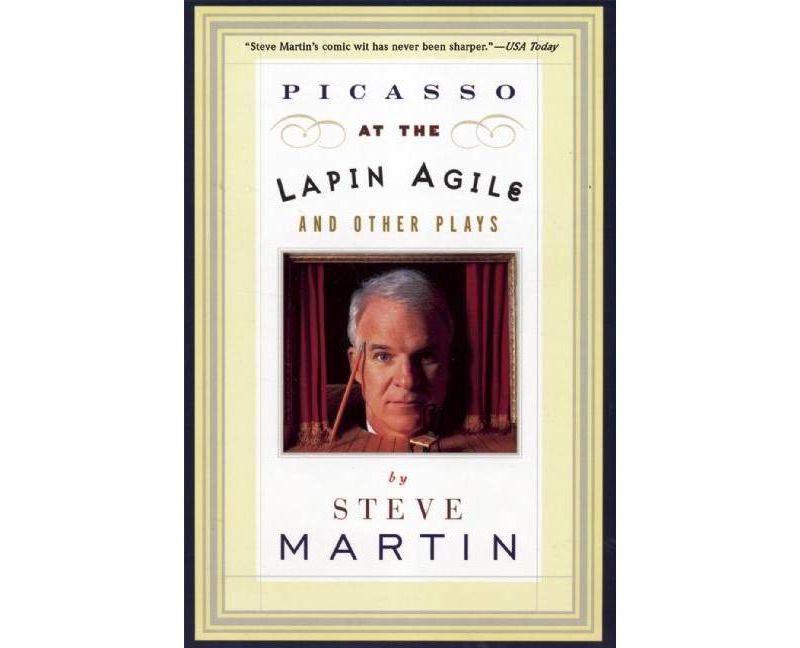Trusted shipping
Easy returns
Secure shopping
- Clothing, Shoes, Jewelry & Watches
- Home, Garden, Outdoor & Pets
- Electronics
- Audio, Video & Portable Devices
- Cables
- Adapters & Gender Changers
- Headsets, Speakers & Soundcards
- Power Protection
- 3D Printing
- Video Cards & Video Devices
- Tools & Components
- Sound Cards
- Alternative Energy
- Barebone / Mini Computers
- SSDs
- Accessories
- Mobile Accessories
- Storage Devices
- Personal Care
- Healthcare
- Home Theatre Systems
- Laptops, Computers & Office
- Speakers & Audio Systems
- Tech Services & Support
- Projectors, TVs & Home Theater
- Wi-Fi & Networking
- Cell Phones
- Electronics Deals
- Headphones
- Tablets & E-Readers
- Digital Cameras
- Home Phones
- Tech Accessories
- Electronics Sanitizing & Cleaning Supplies
- Smart Home
- Batteries, Power Banks & Chargers
- Wearable Technology
- GPS & Navigation
- Movies, Music, Books & Games
- Luggage
- Bible Covers
- Briefcases
- Camo
- Coolers
- Toiletry Bags
- Tote Bags
- Backpacks
- Carry-on Luggage
- Checked Luggage
- Lunch Bags
- Travel Accessories
- Luggage Deals
- Laptop Bags & Briefcases
- Kids' Luggage
- Duffels & Gym Bags
- Suitcases
- RFID Blocking Luggage & Travel Accessories
- Luggage Sets
- Mens' Luggage
- Handbags
- Accessories
- Outdoor
- Beauty Luggage
- Travel Totes
- Garment Bags
- Weekenders
- Messenger Bags
- Beauty & Health
- Category List
- Clothing, Shoes, Jewelry & Watches
- Home, Garden, Outdoor & Pets
- Electronics
- Audio, Video & Portable Devices
- Cables
- Adapters & Gender Changers
- Headsets, Speakers & Soundcards
- Power Protection
- 3D Printing
- Video Cards & Video Devices
- Tools & Components
- Sound Cards
- Alternative Energy
- Barebone / Mini Computers
- SSDs
- Accessories
- Mobile Accessories
- Storage Devices
- Personal Care
- Healthcare
- Home Theatre Systems
- Laptops, Computers & Office
- Speakers & Audio Systems
- Tech Services & Support
- Projectors, TVs & Home Theater
- Wi-Fi & Networking
- Cell Phones
- Electronics Deals
- Headphones
- Tablets & E-Readers
- Digital Cameras
- Home Phones
- Tech Accessories
- Electronics Sanitizing & Cleaning Supplies
- Smart Home
- Batteries, Power Banks & Chargers
- Wearable Technology
- GPS & Navigation
- Movies, Music, Books & Games
- Luggage
- Bible Covers
- Briefcases
- Camo
- Coolers
- Toiletry Bags
- Tote Bags
- Backpacks
- Carry-on Luggage
- Checked Luggage
- Lunch Bags
- Travel Accessories
- Luggage Deals
- Laptop Bags & Briefcases
- Kids' Luggage
- Duffels & Gym Bags
- Suitcases
- RFID Blocking Luggage & Travel Accessories
- Luggage Sets
- Mens' Luggage
- Handbags
- Accessories
- Outdoor
- Beauty Luggage
- Travel Totes
- Garment Bags
- Weekenders
- Messenger Bags
- Beauty & Health
- Baby & Toys
- Sports & Outdoors
- School & Office Supplies
- Breakroom & Janitorial Supplies
- Diaries
- Utility & Stationary
- Pens & Pencils
- Teacher Supplies & Classroom Decorations
- Paper
- Markers
- Binders
- School Supplies
- Packing & Mailing Supplies
- Tape, Adhesives & Fasteners
- Boards & Easels
- Crayons
- Desk Organization
- Pencils
- Filing & Organizers
- Journals
- Pens
- Labels & Label Makers
- Tools & Equipment
- Calendars
- Sticky Notes
- Notebooks
- Erasers & Correction Tape
- Pencil Cases
- Planners
- Retail Store Supplies
- Highlighters
- Locker Accessories
- Cute School Supplies
- School & Office Accessories
- Food & Grocery
- Shops All
- Unique-Bargains
- Cool cold
- Wesdar
- i-Star
- CoCoCo
- Targus
- Cooling Device Accessories
- Xtrike Me
- Tech/Gaming
- Gift Cards
- Women's Accessories
- Flash
- Men's Clothing
- Gift Ideas
- Brand Experiences
- Sale on Select School & Art Supplies
- Jewelry
- Featured Brands
- Nursing Items
- Storage
- Men's Shoes
- College
- School & Office Supplies
- Bullseye's Playground
- PRIDE
- Women's and Men's Shoes & Accessories
- Holiday Trees, Lights & More Sale
- Women's Dresses
- Gingerbread
- Caregiver Essentials
- Baby Bath
- select School Supplies
- Doorbusters
- Bedding & Bath
- Women's Sandals
- Sandals for the Family
- Men's Accessories
- Shops All
- One-day Easter sale
- select Health Items
- Friendsgiving
- Women's Tops, Shorts & Shoes
- Made By Design Organization
- Baby Mealtime
- For New & Expecting Parents
- Crayola Kids' Daily Deal
- Spritz Party Supplies
- Wellness Icon Glossary
- Our Generation Dolls & Accessories Kids' Daily Deal
- select Home items
- Mas Que
- Baby Apparel
- Children's Board Books Kids' Daily Deal
- Select Office Furniture
- Most-added Wedding Registry Items
Buy Three Screenplays - (Foote, Horton) by Horton Foote (Paperback) in United States - Cartnear.com
Three Screenplays - (Foote, Horton) by Horton Foote (Paperback)
CTNR967124 09780802131256 CTNR967124A&B Home
2027-01-06
/itm/three-screenplays-foote-horton-by-horton-foote-paperback-967124
USD
17.76
$ 17.76 $ 18.70 5% Off
Item Added to Cart
customer
*Product availability is subject to suppliers inventory
SHIPPING ALL OVER UNITED STATES
100% MONEY BACK GUARANTEE
EASY 30 DAYSRETURNS & REFUNDS
24/7 CUSTOMER SUPPORT
TRUSTED AND SAFE WEBSITE
100% SECURE CHECKOUT
Number of Pages: 240
Genre: Drama
Sub-Genre: American
Series Title: Foote, Horton
Format: Paperback
Publisher: Grove Press
Age Range: Adult
Book theme: General
Author: Horton Foote
Language: English
Each of the three screenplays sprang from a different origin. One was adapted from the novel by Harper Lee, who later wrote, "If the integrity of a film adaptation is measured by the degree to which the novelist's intent is preserved, Mr. Foote's screenplay should be studied as a classic." Tender Mercies was conceived for the screen, and The Trip to Bountiful came from Foote's own stage and television play. While each demanded solutions to different cinematic problems, all are marked by Foote's own mastery of the screenwriting form, as well as his understanding of human relationships. All three show a modern Chekhov at work, revealing the deep currents of American society through the simplest details of daily life.
Genre: Drama
Sub-Genre: American
Series Title: Foote, Horton
Format: Paperback
Publisher: Grove Press
Age Range: Adult
Book theme: General
Author: Horton Foote
Language: English
About the Book
Horton Foote's uniquely personal style of screenwriting is at its peak in this collection of two Academy Award winners, To Kill a Mockingbird and Tender Mercies, and The Trip to Bountiful, a film widely named as one of 1985's best. "In an age when the lexicon of cinema is largely visual," noted Samuel G. Freedman in the New York Times Magazine, "Foote writes films. He stresses dialogue and character development rather than spectacle or even traditional narrative."Each of the three screenplays sprang from a different origin. One was adapted from the novel by Harper Lee, who later wrote, "If the integrity of a film adaptation is measured by the degree to which the novelist's intent is preserved, Mr. Foote's screenplay should be studied as a classic." Tender Mercies was conceived for the screen, and The Trip to Bountiful came from Foote's own stage and television play. While each demanded solutions to different cinematic problems, all are marked by Foote's own mastery of the screenwriting form, as well as his understanding of human relationships. All three show a modern Chekhov at work, revealing the deep currents of American society through the simplest details of daily life.
Book Synopsis
Horton Foote's uniquely personal style of screenwriting is at its peak in this collection of two Academy Award winners, To Kill a Mockingbird and Tender Mercies, and The Trip to Bountiful, a film widely named as one of 1985's best. "In an age when the lexicon of cinema is largely visual," noted Samuel G. Freedman in the New York Times Magazine, "Foote writes films. He stresses dialogue and character development rather than spectacle or even traditional narrative." Each of the three screenplays sprang from a different origin. One was adapted from the novel by Harper Lee, who later wrote, "If the integrity of a film adaptation is measured by the degree to which the novelist's intent is preserved, Mr. Foote's screenplay should be studied as a classic." Tender Mercies was conceived for the screen, and The Trip to Bountiful came from Foote's own stage and television play. While each demanded solutions to different cinematic problems, all are marked by Foote's own mastery of the screenwriting form, as well as his understanding of human relationships. All three show a modern Chekhov at work, revealing the deep currents of American society through the simplest details of daily life.
